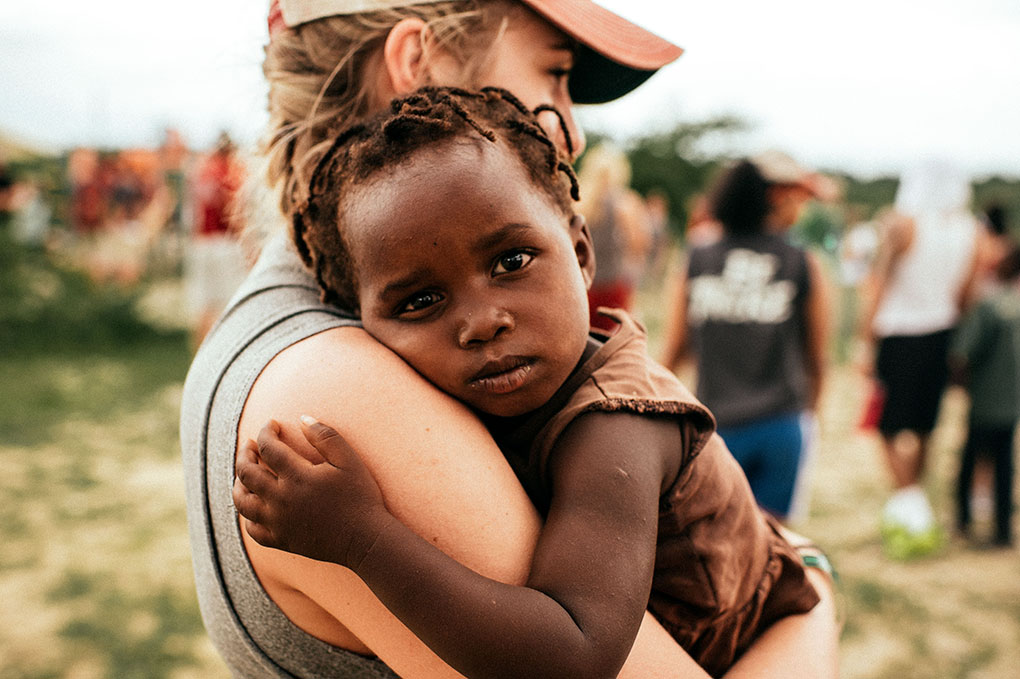Choosing an impactful image for the homepage banner of a website is no easy task. Sure, there’s many reliable stock-image repositories to choose from, and if you work for a digital or creative agency, you probably have access to some of them. What should be a top-of-mind issue for the client, however, usually isn’t. Most people can tell you what they like or dislike, but when you ask them why, they have a tough time explaining it. As designers, it’s our job to dig through the cheese, and find meaningful images that will inspire, attract, or excite!
One day I was asked to audit a site for an in-home nursing care. The task of improving the main landing page came to my agency because the client’s site had high-traffic but a very low conversion rate. The layout was typical – logo and navigation in the header, large hero image above the fold, columns explaining services underneath – you know, regular stuff. It looks like every other basic WordPress site, so why was no one signing up? I asked the client what they thought the issue was. I thought to myself, maybe it was just a low converting industry. Maybe it was a slow season. The client had no idea.
My first impression was that the main hero image – you know the giant one that takes up THE ENTIRE SCREEN WHEN YOU FIRST LAND ON EVERY WEBSITE – was kind of boring. Since this is the very first thing every user will see when they visit your site, it should definitely be impactful… right? So why is that when I visit Shutterstock and search for “happy seniors with nurse” I’m faced with this:

My search returns page after page of boring, bland, generic, staged, fake, bull***t pictures. The worst part is, they’re sorted by popularity! Designers, who I’m assuming are the main audience for stock image websites, actually use this stuff. After spending the better part of two hours browsing through site after site, I finally found what I was expecting to find (much faster, by the way) on Unsplash:

Real pictures of real people caught in candid moments, or with some semblance of reality in their gaze. Now, don’t get me wrong. Shutterstock or 123rf can be good resources for many things, and I use them on a daily basis, but those stock images are really meant to showcase a house, or an office, or find some generic pictures of everyday common items and things like chairs, trees, animals, the ocean, etc. If you’re website is about an orphanage and is meant to raise donations, you shouldn’t be using Shutterstock images like the one below:

You should be trying to convey serious, powerful, tear-jerking emotion by using a picture that shows a real child in need, being helped or loved by someone. Like this:

Unfortunately, powerful pictures like this one are few and far between. So, who’s to blame for the popular and overwhelming use of the generic cheesy stock photos. You could argue that business owners don’t want to offend, alienate, or exclude anyone, and by copying other websites, it’s a safer bet than trying to create something unique or original that might not work.
You could blame it on the homogenization of the internet, the use of popular frameworks that transformed the way we code, and make every website look essentially the same. You could even say that designers need to toughen up and make better arguments to their clients for the use of real photography as an essential piece in the design process.
So, is the Internet ready for real photography? This designer thinks it’s time for web designers and their clients to have a serious chat about what people want. In today’s society, most people understand that they are being marketed to continuously. Now is the time to make an impact, to separate yourself from the generic herd. The more we challenge what people expect to see and hear, the more we can make a difference, not just in marketing, but in the art of communication.
Need help choosing images for your website? Hit me up! I know a thing or two about it. 😊
